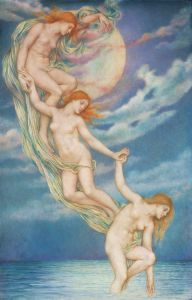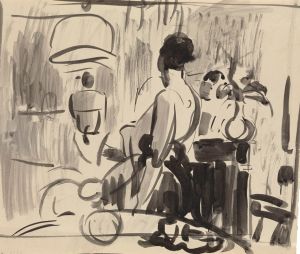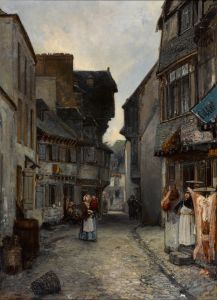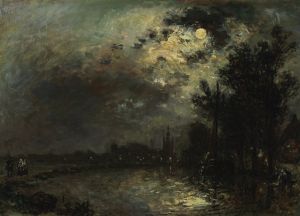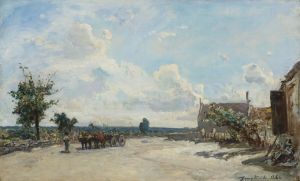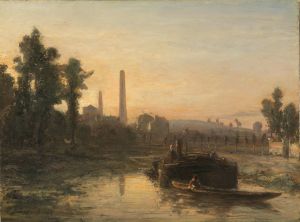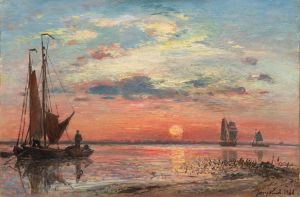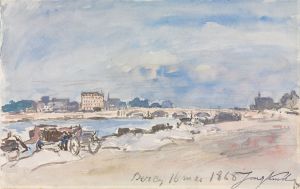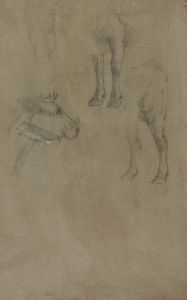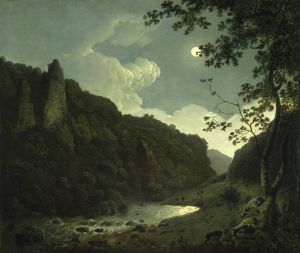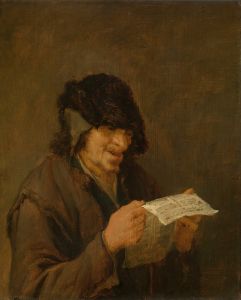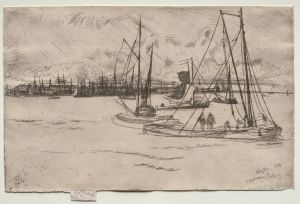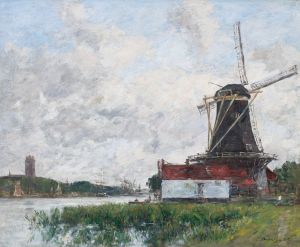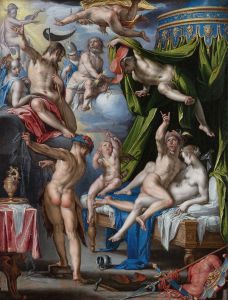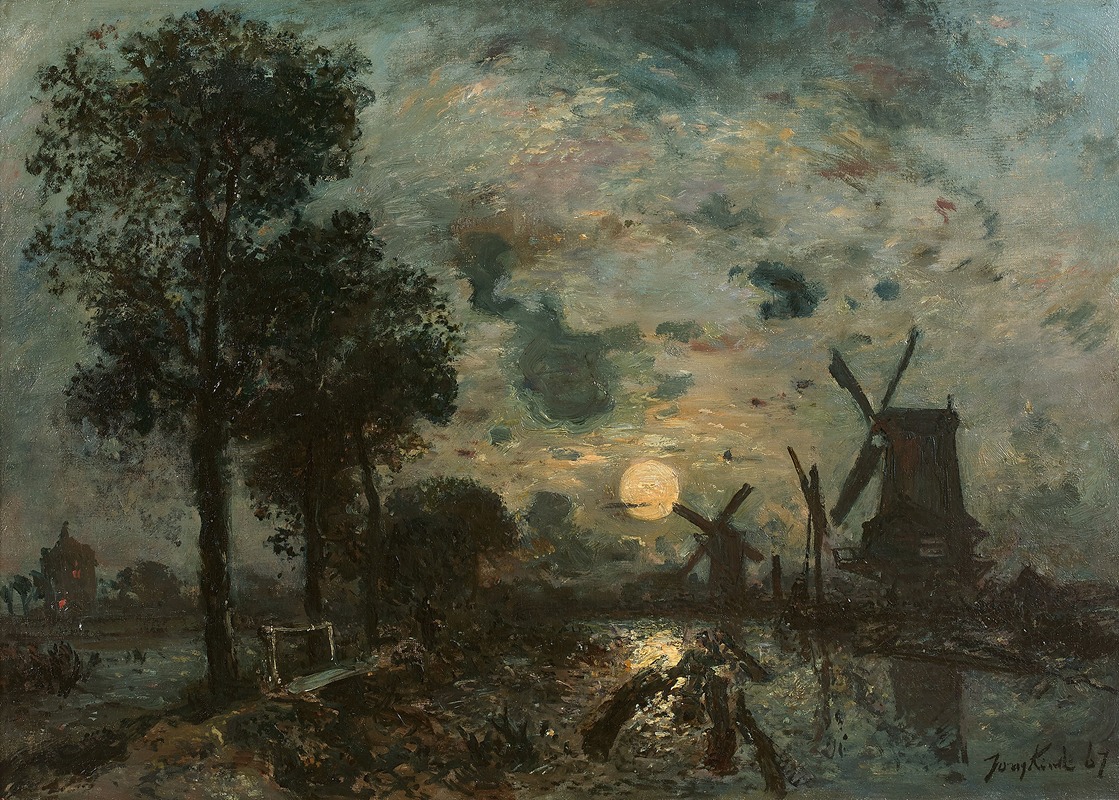
Moulins au clair de lune, Schiedam
A hand-painted replica of Johan Barthold Jongkind’s masterpiece Moulins au clair de lune, Schiedam, meticulously crafted by professional artists to capture the true essence of the original. Each piece is created with museum-quality canvas and rare mineral pigments, carefully painted by experienced artists with delicate brushstrokes and rich, layered colors to perfectly recreate the texture of the original artwork. Unlike machine-printed reproductions, this hand-painted version brings the painting to life, infused with the artist’s emotions and skill in every stroke. Whether for personal collection or home decoration, it instantly elevates the artistic atmosphere of any space.
"Moulins au clair de lune, Schiedam" (Mills in Moonlight, Schiedam) is a notable painting by the Dutch artist Johan Barthold Jongkind, created in 1875. Jongkind, born on June 3, 1819, in Lattrop, Netherlands, is often recognized for his significant contributions to the development of Impressionism, despite being primarily associated with the Realist movement. His works are characterized by their atmospheric effects and innovative use of light, which had a profound influence on many Impressionist painters, including Claude Monet.
The painting "Moulins au clair de lune, Schiedam" depicts a serene nocturnal scene of windmills in the town of Schiedam, located in the province of South Holland, Netherlands. Schiedam is historically known for its windmills, which were used for various industrial purposes, including the production of gin. Jongkind's choice of subject matter reflects his deep connection to Dutch landscapes and his ability to capture the essence of the natural environment.
In this work, Jongkind masterfully employs a palette dominated by cool blues and subtle grays to evoke the tranquil and mysterious atmosphere of a moonlit night. The moonlight casts a gentle glow over the scene, illuminating the windmills and their reflections in the water. The composition is balanced and harmonious, with the windmills standing tall against the night sky, their sails silhouetted against the moonlight. The use of light and shadow in this painting demonstrates Jongkind's skill in rendering the effects of natural light, a technique that would later be embraced by the Impressionists.
Jongkind's brushwork in "Moulins au clair de lune, Schiedam" is both delicate and expressive, capturing the textures of the landscape and the play of light on the water's surface. The painting conveys a sense of calm and stillness, inviting the viewer to contemplate the quiet beauty of the nocturnal scene. Jongkind's ability to convey mood and atmosphere through his use of color and light is evident in this work, making it a fine example of his artistic prowess.
Throughout his career, Jongkind traveled extensively between France and the Netherlands, drawing inspiration from the diverse landscapes he encountered. His work often features scenes of rivers, canals, and coastal areas, reflecting his fascination with water and its reflective qualities. "Moulins au clair de lune, Schiedam" is a testament to Jongkind's enduring interest in capturing the interplay of light and water, as well as his deep appreciation for the Dutch countryside.
Johan Barthold Jongkind passed away on February 9, 1891, in Saint-Égrève, France. His legacy lives on through his influential body of work, which continues to be celebrated for its innovative approach to landscape painting and its impact on the development of modern art. "Moulins au clair de lune, Schiedam" remains a significant piece within Jongkind's oeuvre, exemplifying his mastery of light and his ability to evoke the serene beauty of the natural world.





